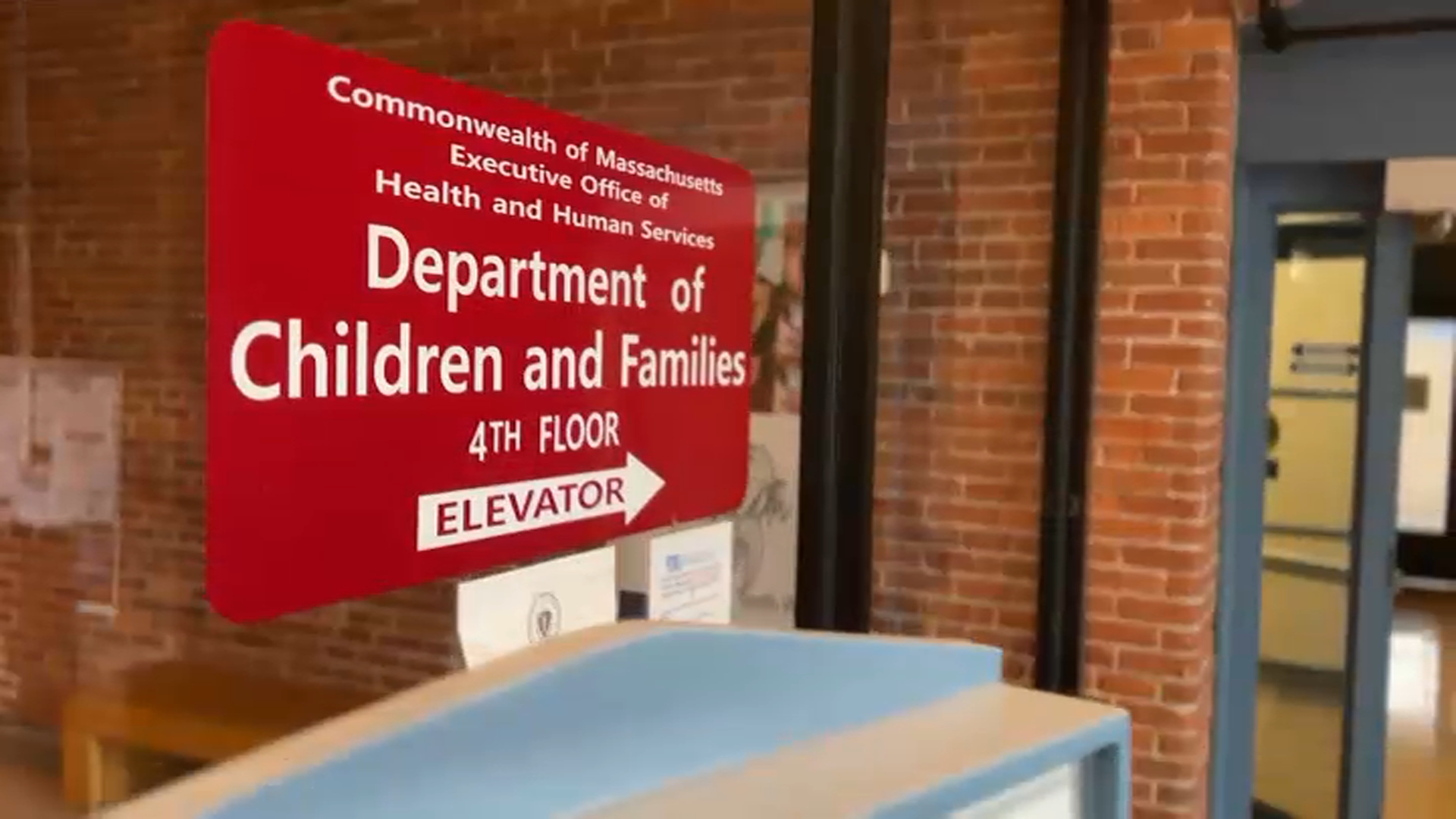New emergency regulations adopted last month setting minimum requirements for how much live instruction Massachusetts schools must provide if they are conducting at least some remote teaching are set to take effect Tuesday.
The rule requires schools that are operating in a remote model to provide at least some synchronous instruction — where students can directly interact with a teacher or their peers in real-time — each school day. Remote districts and schools will need to provide at least 40 hours of synchronous instruction over a 10-day period, averaged across grades.
Get top local stories in Boston delivered to you every morning. Sign up for NBC Boston's News Headlines newsletter.
Districts and schools using a hybrid model will have to provide at least 35 hours of live instruction — a combination of in-person and synchronous remote teaching — over a 10-school day period.
Elementary and Secondary Commissioner Jeffrey Riley said the new regulations are aimed at addressing the isolation and disconnection caused by the COVID-19 pandemic that are driving a youth mental health crisis.
The amendments were approved Dec. 15 by the Board of Elementary and Secondary Education on an emergency basis, and Riley said he plans to bring them back to the board for final adoption in February after a public comment period.
In a memo summarizing the amendments, Riley said he was "extremely concerned about the increased prevalence of student mental health challenges arising during the pandemic" and said frequent connections with teachers and peers can help combat feelings of isolation.
Local
In-depth news coverage of the Greater Boston Area.
The four board members who voted against the changes questioned whether they were the right approach.
"The question for me is not so much the content of the regulations, it's the process," Vice Chair James Morton said last month. "It's implementing a set of regulations that's going to feel, no disrespect intended, it's going to feel heavy-handed."
The regulations do not require schools to adopt a certain learning model.
In Swampscott, parents have been fighting for more live instruction for a while. Data collected by the Department of Elementary and Secondary Education showed Swampscott was offering less live instruction than almost every other district in the state.
"Ultimately, this is harming our kids," parent Keiko Zoll said.
After growing frustrated with the amount of live instruction on remote days, Zoll sent a letter Swampscott administrators demanding the district improve. The letter was signed by more than 100 parents.
Administrators have since promised they would make adjustments. Zoll is hopeful the new state guidelines will help.
"No parent expected this for their kid right now, but Wednesday's Zoom schedule already looks better," Zoll said. "Now we just have to wait and see the follow-up from the district."
The Baker administration has been prodding schools to bring students back into classrooms and avoid remote-only learning wherever possible, a source of friction with teachers unions who have pushed for surveillance testing and other measures they say would help their members feel safe.
State House News Service contributed to this report.



